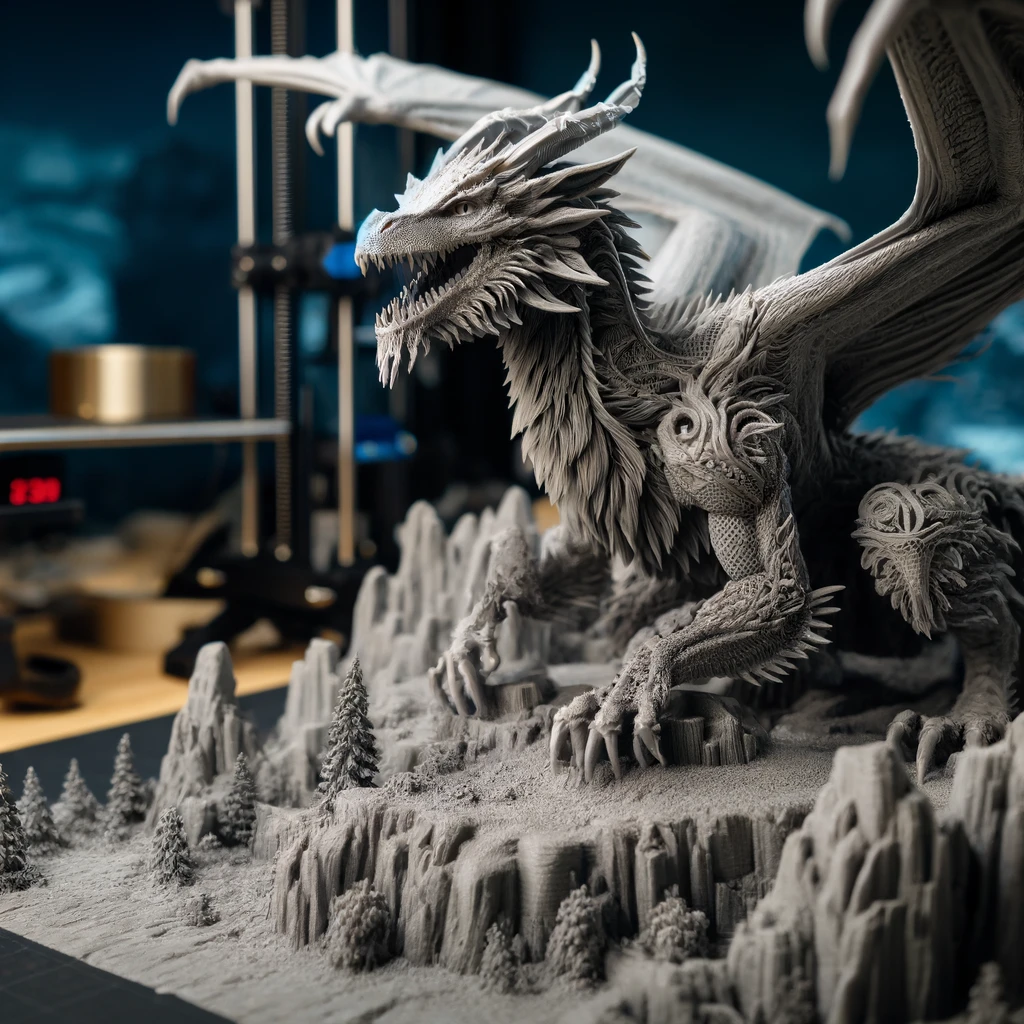In the world of 3D printing, the fantasy genre has always had a special place. Dragons, those majestic creatures of myth and legend, are particularly popular. With the right 3D model STL, anyone can bring these fantastic beasts to life. This blog post will guide you through the process of selecting and printing your own 3D printed dragon using various 3D printer files. Whether you’re a hobbyist or a professional, understanding how to work with a detailed STL figure can transform your crafting journey.
Table of Contents
- Understanding 3D Model STL Files
- Choosing the Right 3D STL File for Your Dragon
- Preparing Your 3D Printer File
- Printing Your 3D Print STL Dragon
- Post-Processing Your STL Figure
- Showcasing Your Craft Machine Files Creation
1. Understanding 3D Model STL Files

A 3D Model STL file is essentially a blueprint that tells your 3D printer exactly what to print. STL stands for Stereolithography, which is one of the most common file formats used in 3D printing. These files are paramount for anyone looking to create high-quality figures, especially complex models like dragons. Each 3D model STL is composed of triangular facets that approximate the surfaces of the 3D object. The resolution of your final print largely depends on the detail captured in your 3D STL file.
2. Choosing the Right 3D STL File for Your Dragon
When selecting a 3D STL file for your dragon, consider the level of detail and the complexity of the model. A highly detailed STL figure will result in a more realistic and impressive final product. There are numerous sources online where you can find dragon 3D printer files, ranging from simplistic designs to intricate masterpieces. Make sure the 3D model STL you choose matches your printer’s capabilities and your own printing experience.
3. Preparing Your 3D Printer File
Once you’ve chosen your 3D STL file, it’s crucial to prepare it properly for printing. This involves using slicing software to convert the 3D model STL into a format that your printer can understand. During this stage, you can also make adjustments to the print settings such as support structures, layer height, and fill density. These settings can significantly affect the strength, appearance, and print time of your 3D print STL dragon.
4. Printing Your 3D Print STL Dragon
The actual printing process for your dragon can be both exciting and time-consuming. Depending on the complexity of your 3D STL file and the settings you’ve decided, it could take anywhere from a few hours to multiple days. During this phase, it’s important to monitor your printer occasionally to ensure that everything is proceeding smoothly and to mitigate any potential issues early on.
5. Post-Processing Your STL Figure
After your dragon has been printed, post-processing is necessary to enhance the appearance and durability of the model. This may include sanding, painting, and assembling parts if your dragon STL figure consists of multiple pieces. Each step in this process adds depth and realism to your figure, making it a true masterpiece.
6. Showcasing Your Craft Machine Files Creation
Finally, showcasing your finished 3D printed dragon is just as significant as the printing process itself. Whether it’s displaying it in your home, selling it online, or presenting it at a showcase, your dragon deserves to be seen. Each 3D printer file you complete not only enhances your skill but also adds to your portfolio of creations.
In conclusion, using 3D model STL files to create intricate and beautiful dragons is an immensely rewarding process that blends technology with artistry. With the right 3D STL file and a bit of patience, anyone can transform a digital file into a stunning three-dimensional figure. Remember, the key to a successful print lies in the details of the 3D printer files and the precision of your craft machine files.
ChatGPT can make mistakes. Consider checking essential information.
